Here's a great mushroom to keep your eyes peeled for when the boletes start popping: Boletus pallidus or the pallid bolete. You don't hear about it much, and it took me a number of years just to find them. They're a cousin of porcini.
Now that I have a couple spots to check after a good, hard rain comes where I live in Minnesota I've improved my odds, and have been able to get a good enough number of them to warrant recommending them.
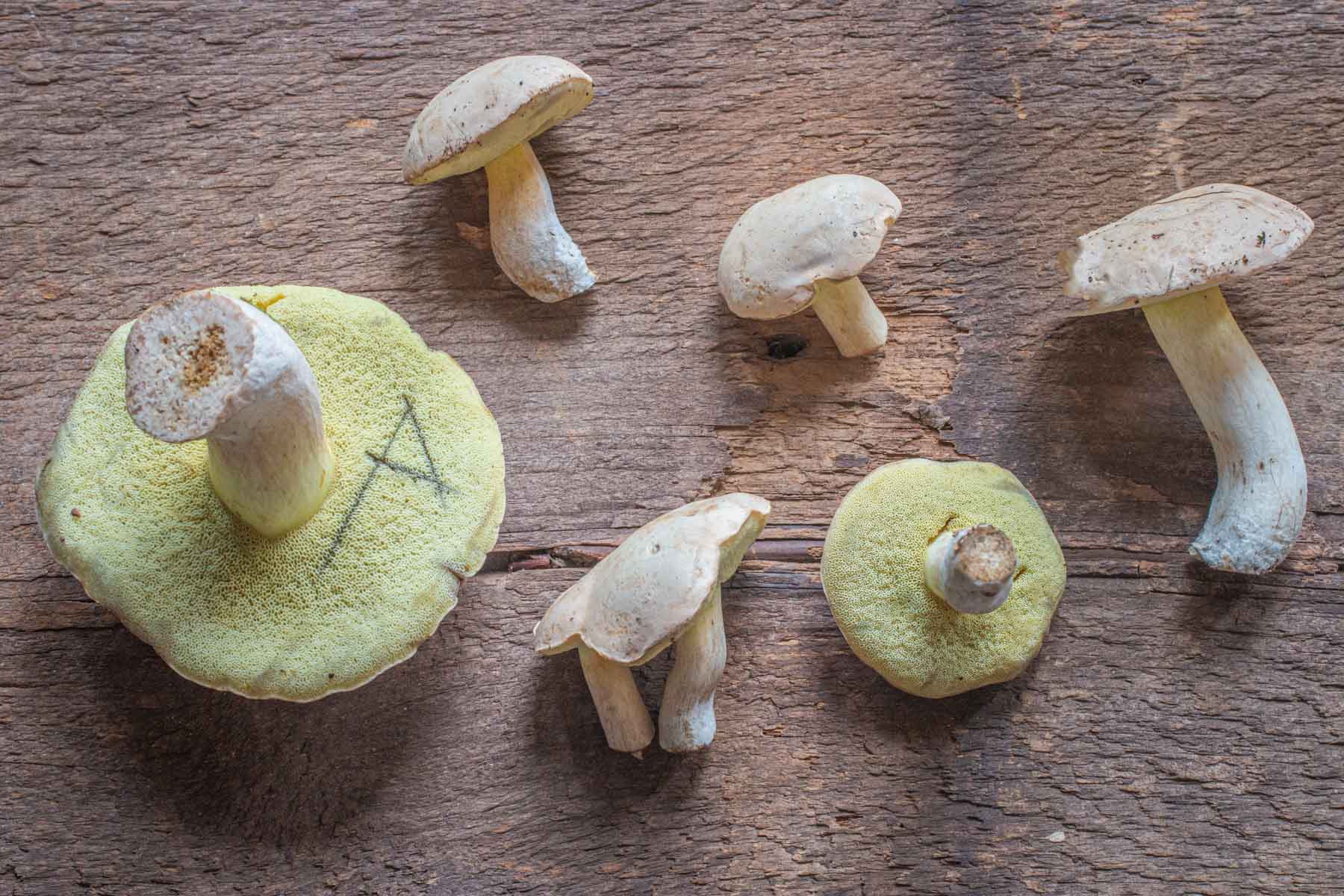
Pallidus, like the name implies, has a pallor to it, not in the sense of looking sickly, but having a sort of paleness, lack of color, or strictly having colors that are tame and muted, in my opinion.
I first learned about them when my good friend Mike, (who also wrote this great book here) brought a bag with him to give me when I opened my first restaurant, the Salt Cellar. I was grateful for the nice bag of perfect boletes, but I adnitedly I was also just a little jealous I hadn't found them myself.
I lucked out the next year after we had a couple nice days of rain in Northern Minnesota. A fruitless hunt for saffron milkcaps turned into a hunt for Leccinum subglabripes, and while I was scouring one of the new patches I'd found, I saw a couple pale looking boletes.
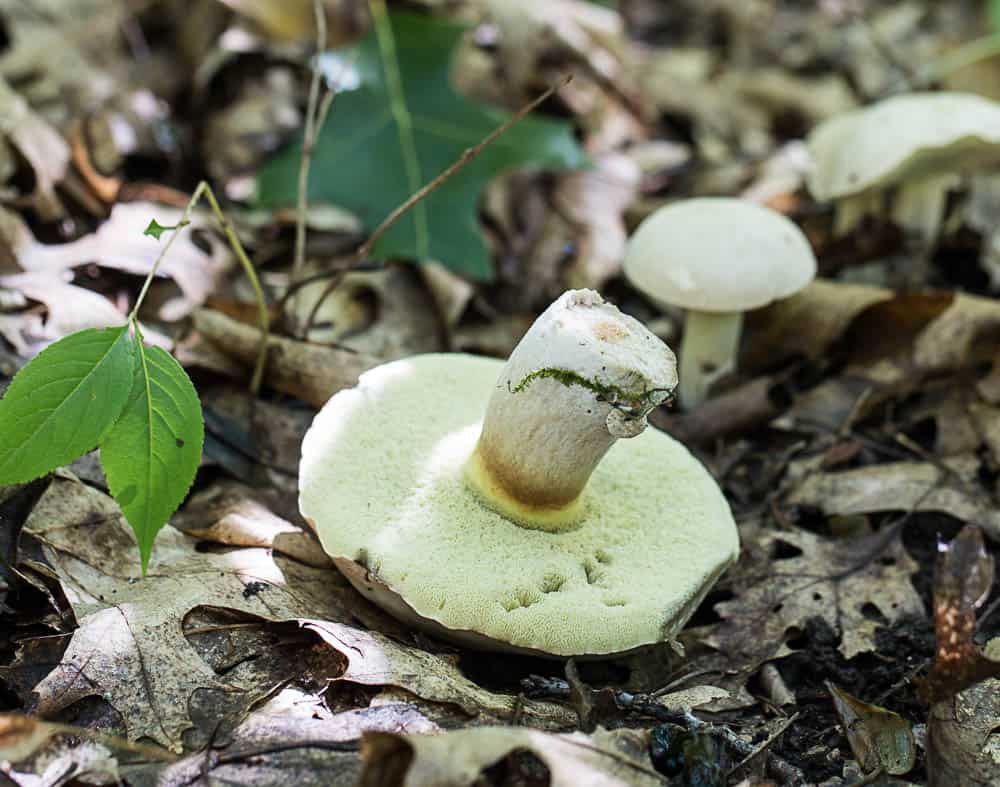
Immediately I knew it was pallidus, and, if you're a hunter whose been looking for something new and finally found it, you know the excitement that comes with that. The patch was a good one, and I've been able to come back just about every year in the middle of summer when the boletes come up in earnest. Here's a few points on Boletus pallidus, which I recommend cross-referencing with a guide or something like mushroomexpert.com.
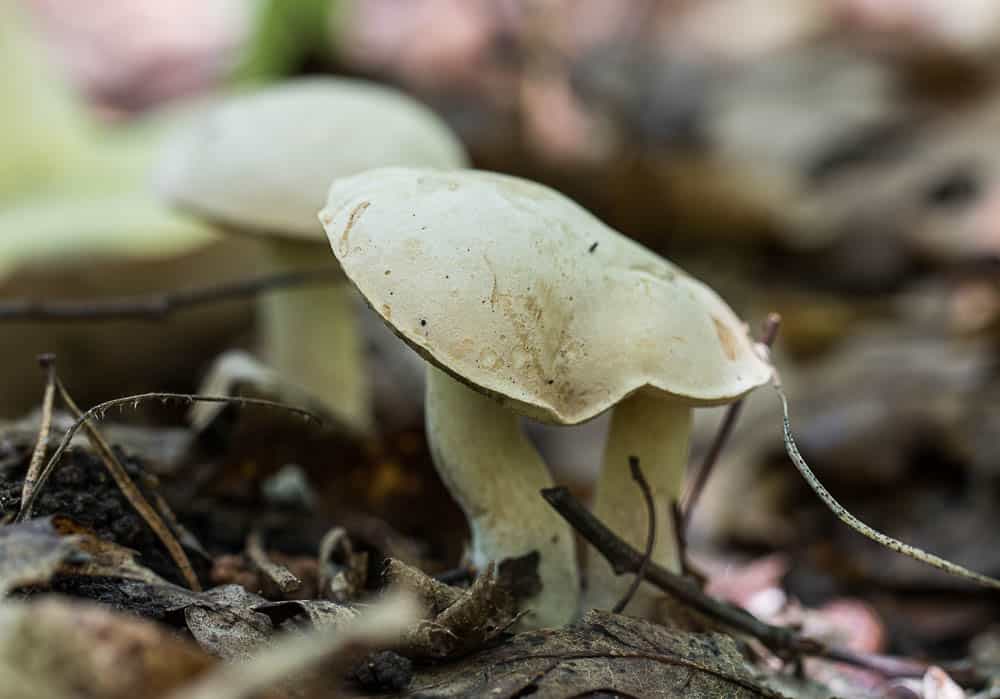
Habitat
I find mine in the northwoods of Minnesota, specifically mixed woods with oaks, aspen, conifers, maple and birch. They seem to enjoy the same type of habitat that leccinum subglabripes and a number of other boletes, some conifer loving. As other resources have pointed out though, the pallidus seems to be (and was definitely in my case) mycorhyzal/symbiotic with oak, and If I remember correctly, Northern Red Oak.
ID Characteristics
The hardest part for me wasn't ID'ing them, since I was primed to see them, the hardest part was just getting to them at the right place and time. That being said, there's a couple different things that set them apart from other similar looking boletes.
Pallid
They're pale, overall looking a bit void of color. This is pretty self-explanitory.
"Olive-colored pores"
I don't know what type of olives mycologists were thinking of when they came up with this Identification characteristic, but it's a little confusing. What they mean is a type of yellow that may fade to greenish with age, from what I can gather.
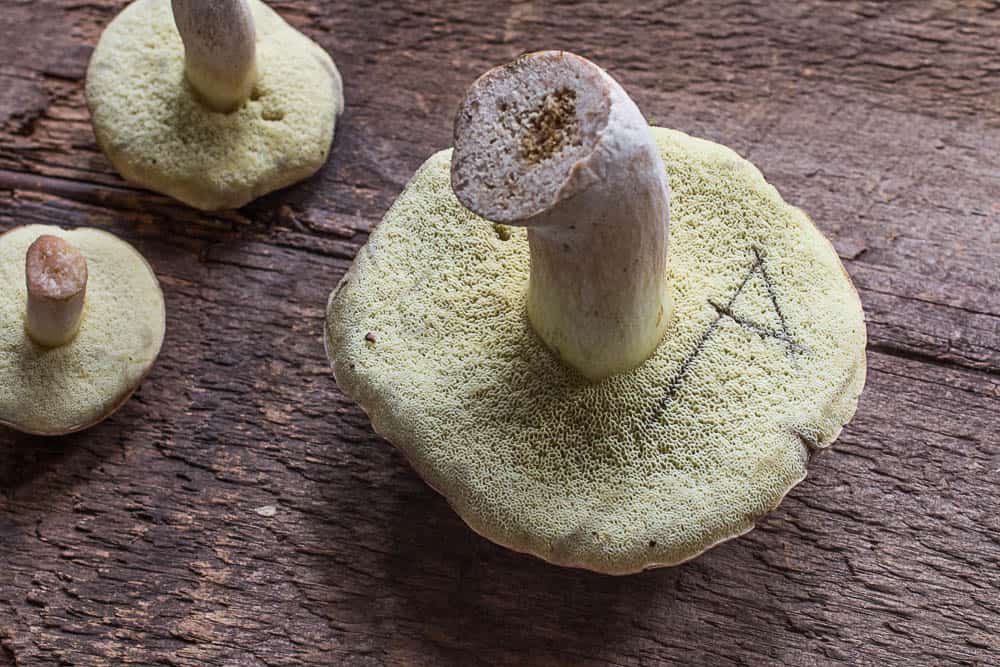
Blue/grey staining and red stem colorations
The pores will stain blue/grey, slowly. Now the confusing part, the flesh may stain slowly, or not at all. For reference, mine haven't been staining except with the pores, which you'll see in the picture below. Also take a look at the bottom portion of the stem and the red/brown coloration. Apparently the red/brown can be present or absent, which is a bit confusing, but not as confusing as blewits!
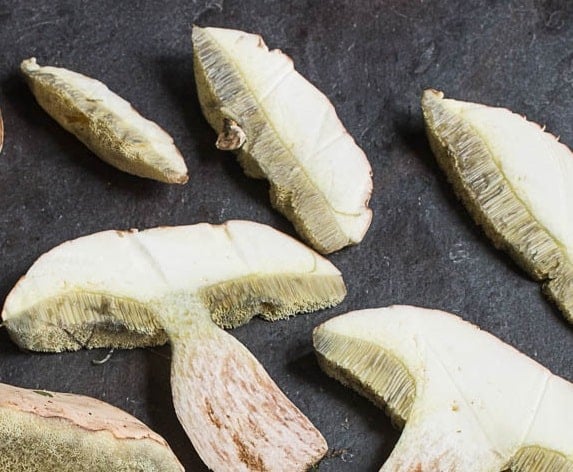
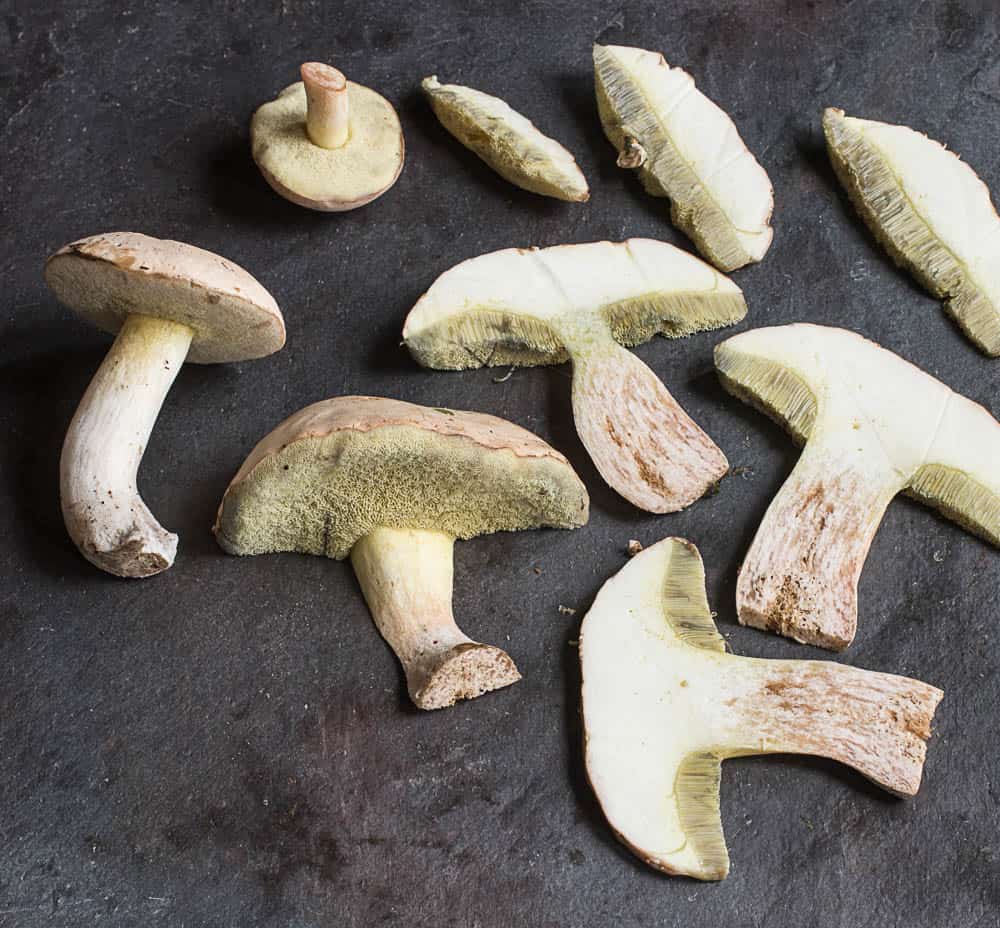
Cooking
For me, these have been ok fresh, not as good as porcini, but not ho-hum like a slippery jack, so to speak. That being said they seemed to have a greater resistance to bugs, which is always great. Like most of the boletes I pick, these go straight into the dehydrator, but unfortunately, after drying, they're flavor could, be better, they definitely aren't up to par with a any porcini type mushroom or leccinum, which are probably my two favorite types of boletes.
I do like cooking boletes fresh on occasion, but the flavor is so much stronger dried that I find it disspointing to cook them fresh sometimes. That, combined with the fact that generally when these are fruiting there are many other mushrooms to pick and eat fresh that are quite good that don't need or like drying, add to my reccomendation to dry them.
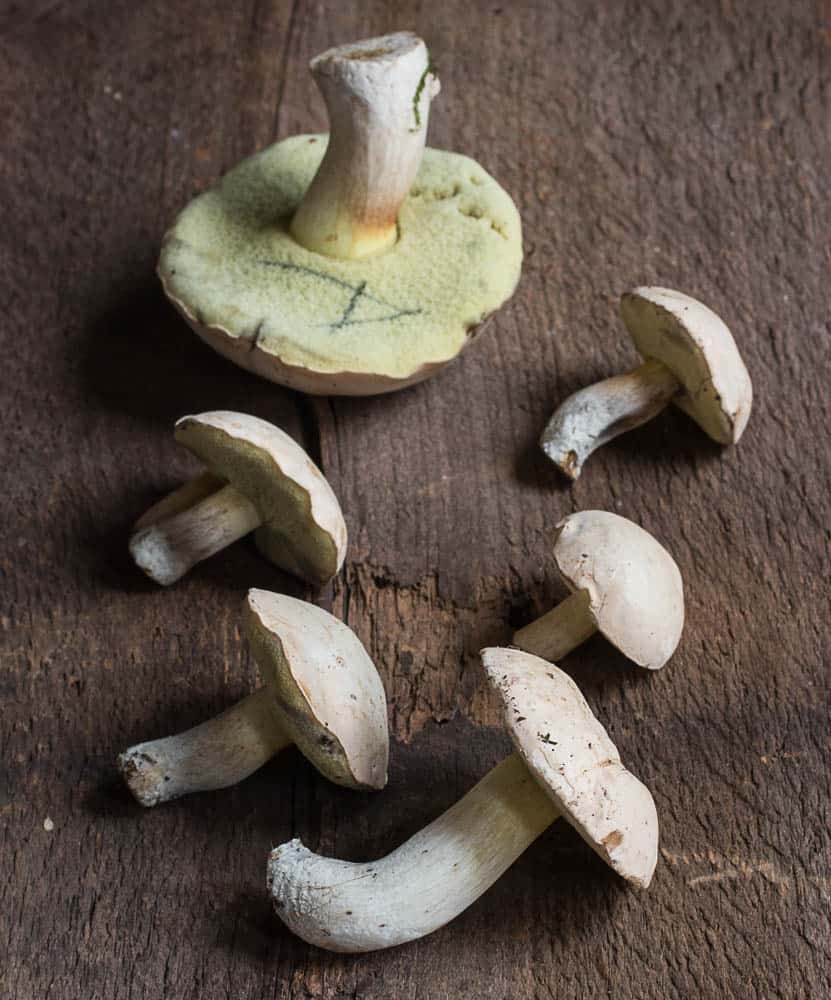

Kathleen Rodgers
Here in Georgia,all boletus family mushrooms get buggy. I do however find that they dry well and can be ground for mushroom powder. We finally got rain here and though not in enormous numbers, there were enough to dry . Ours seem to prefer Oak /Loblolly Pine woods.
Alan Bergo
Thanks for sharing Kathleen. I just picked a few of these the other day and they all cut clean where our porcini are always bug ridden.
Mary
Hey Alan! I think I found a bunch of these. Everything matches, they were next to a bunch of Edulis -- but the tops seemed to get darker after I picked them. Some bruised and some did not, but the caps are very soft and smooth, unlike exults. I tasted and there is no noticeable taste, but they smell good.. Could these be Pallidus? Everything about them is the same, but a very delicate cap that has gotten a bit darker.
Gene
The cap does seem to darken as pallidus grows older. At about the same time that the pores become more olive in color. Rain/moisture may darken the cap as well.